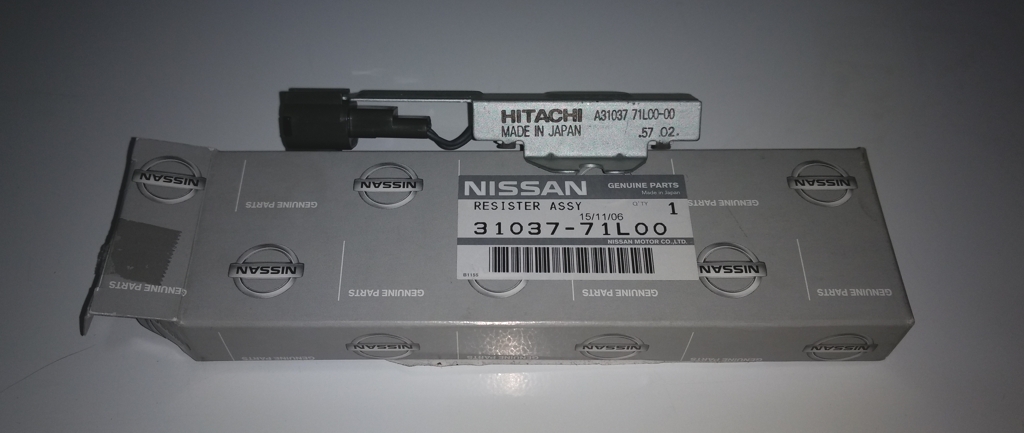Characteristic A of automatic transmission resistor
Purpose:
When the gear selector is moved to the Park (P) position, resistor A provides current to the control solenoid, which locks the gearbox and prevents the vehicle from moving.
Location:
Resistor A is usually located in the transmission control module (TCM), which is located under the hood or in the cab.
Resistance:
The resistance of resistor A is usually about 30-100 ohms.
Working principle:
When the shift lever is in the P position, the park switch closes, applying voltage to resistor A. The resistance of the resistor limits the current flowing through the park lock solenoid. This current magnetizes the solenoid, which mechanically locks the transmission.
Possible faults:
* A break in resistor A causes the parking lock solenoid to not receive power and lock the transmission.
* A short circuit in resistor A causes excessive current to flow through the parking lock solenoid, which may cause it to burn out or damage the transmission.
*High or low resistance of Resistor A may cause the parking lock solenoid to malfunction and cause shifting problems.
Examination:
Resistor A can be checked using a digital multimeter. With the TCM connector disconnected, measure the resistance between the appropriate terminals. It must correspond to that specified in the technical specifications. If the resistance is different or missing, resistor A may be faulty.
